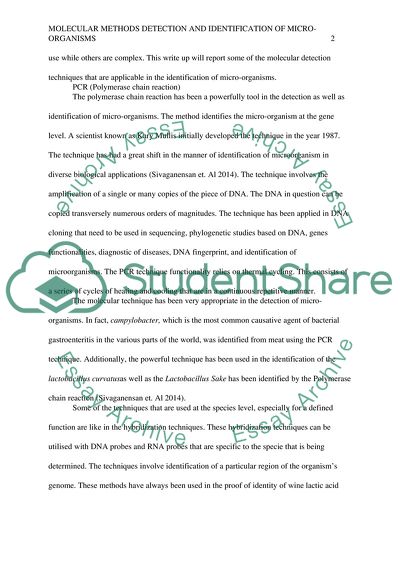Cite this document
(Molecular methods detection and id of microorganisms Research Paper, n.d.)
Molecular methods detection and id of microorganisms Research Paper. https://studentshare.org/medical-science/1818402-molecular-methods-detection-and-identification-of-micro-organisms
Molecular methods detection and id of microorganisms Research Paper. https://studentshare.org/medical-science/1818402-molecular-methods-detection-and-identification-of-micro-organisms
(Molecular Methods Detection and Id of Microorganisms Research Paper)
Molecular Methods Detection and Id of Microorganisms Research Paper. https://studentshare.org/medical-science/1818402-molecular-methods-detection-and-identification-of-micro-organisms.
Molecular Methods Detection and Id of Microorganisms Research Paper. https://studentshare.org/medical-science/1818402-molecular-methods-detection-and-identification-of-micro-organisms.
“Molecular Methods Detection and Id of Microorganisms Research Paper”. https://studentshare.org/medical-science/1818402-molecular-methods-detection-and-identification-of-micro-organisms.


